Sommaire
Pagination de l'dition papier
Guide
SEEING IS
BELIEVING
THE
REVELATION
OF GOD
THROUGH
FILM
Richard Vance Goodwin
FOREWORD BY
Craig Detweiler
 InterVarsity Press
InterVarsity Press
P.O. Box 1400 | Downers Grove, IL 60515-1426
2022 by Richard Vance Goodwin
All rights reserved. No part of this book may be reproduced in any form without written permission from InterVarsity Press.
InterVarsity Press is the publishing division of InterVarsity Christian Fellowship/USA. For more information, visit intervarsity.org.
All Scripture quotations, unless otherwise indicated, are taken from The Holy Bible, New International Version, NIV. Copyright 1973, 1978, 1984, 2011 by Biblica, Inc. Used by permission of Zondervan. All rights reserved worldwide. www.zondervan.com. The NIV and New International Version are trademarks registered in the United States Patent and Trademark Office by Biblica, Inc.
The publisher cannot verify the accuracy or functionality of website URLs used in this book beyond the date of publication.
Cover design and image composite: Autumn Short
ISBN 978-1-5140-0201-8 (digital)
ISBN 978-1-5140-0200-1 (print)
This digital document has been produced by Nord Compo.
For Hilly
Foreword
Craig Detweiler
As a filmmaker, why have I invested so much time in teaching? I love the creative process, writing scripts, capturing sacred moments with a camera on location. Yet there is also a creative alchemy in the classroom. Students take what we proffer and transform it into something more. Their creative responses to our courses are profound and encouraging gifts, taking theories forward, adapting them to new contexts.
Richard Goodwin has done the reading, honored his sources, and earned his PhD. Yet Seeing Is Believing arrives as something newa more immersive theology of film from down under.
This doctoral thesis also reveals all Goodwin gleaned from Robert K. Johnstons formative work in Reel Spirituality (2000), Useless Beauty (2004), and Gods Wider Presence (2014). Like Goodwin, Ive internalized my mentors teaching on Psalm 19 and the wisdom in Ecclesiastes so completely that the lines between Johnstons thinking and my research blur.
Seeing Is Believing connects Hollywoods cinematic visions to the dreams of Jacob at Bethel (Gen 28). Goodwin invites us to reflect on and interpret our prior experience with new eyes. Hes that sharp student awakening the teacher or filmmaker to what we were trying to say. Thats a gift that the best artists, prophets, and professors offerclarifying lenses.
Goodwin corrects his predecessors tendencies toward reading a film. Instead, he focuses our attention on images, emotions, and the bodyaffect as revelation. My own thesis at Fuller Theological Seminary, supervised by Rob Johnston, focused on audience receptionhow reviewers on the Internet Movie Database responded to film.
This book treats cinematography as text. It moves from the carefully modulated Word in Ordet to the spontaneous Image (like a lens flare) in Silent Light. We pause in wonder and awe before the monolith in 2001: A Space Odyssey and consider Rudolf Ottos notions of the numinous. That same mystery animates sci-fi epics like Arrival, Blade Runner 2049, and Dune. Story is subsumed within set design. Such evocative spaces make us want to return to the place, like Jacob going back to Bethel in Genesis 35. Goodwin brings us back to canonized classics in theology and film with new frames.
Im so intrigued by Goodwins concluding questions. Are some stylistic cinematic choices more inherently spiritual? How do the camera movements and lighting schemes in Ordet encourage divine encounters? If the crosscut editing in Magnolia can underscore our interconnectedness, does the splicing in a Michael Bay film separate us from our fellow filmgoers? Can the right polyphonic score express the spiritual bonding that occurs in communion? Perhaps the breaking of narrative conventions in The Tree of Life makes us more open to the Spirit. These are important questions in an era of abundant images saturated with sounds. Style communicates far more than subtext. While the future of filmgoing is in flux, the future of theology and film looks bright thanks to the illumination provided in Seeing Is Believing.
Acknowledgments
When the final credits roll, Im often struck by just how many people it takes to make a movie. One person is acknowledged as the auteur, yet most movies truly are a collaborative effort. The same is true of this book. It may be my name on the cover, but the truth is that several others have played a hand in bringing this work to fruition. These are my credits, my chance to thank them.
This book started out life as my doctoral dissertation. My sincere thanks go to my doctoral supervisors, Drs. Murray Rae and Hilary Radner, without whom this project would never have seen the light of day. Both are accomplished scholars gracious enough to guide me, a fledgling academic, through the long and sometimes arduous process of writing a PhD dissertation. Murray was a dependable source of profound insight and gentle critique. His considerable theological prowess ensured a level of rigor and sophistication to my argument sorely lacking in its earlier stages. Hilary brought much-needed film studies expertise to the project, showing remarkable generosity and broadmindedness as I sought to incorporate the insights of her discipline into the unlikely area of theology. She agreed to supervising a project that many film scholars would be reluctant to touch, so I am truly grateful to her for her openness. Without her, this project would never have happened. Both Hilary and Murray have been unwavering in their encouragement, which at times was a lifeline.
The University of Otago was an ideal place to study. If it were not for the flexibility to study at a distance and, even more importantly, the generous scholarship granted, undertaking this doctorate would simply not have been feasible. The staff in the Department of Theology and Religion, Graduate Research School, Distance Learning Office, and library were efficient, professional, and personableall of which made studying at a distance through Otago a rich educational experience. Im now a proud graduate of this fine institution.
Speaking of fine institutions, I also owe a great deal to Fuller Theological Seminary, a community of scholars, colleagues, students, and alumni that has played a significant role in my development, both personally and professionally. Fullers Robert K. Johnston, Kutter Callaway, and former faculty member Craig Detweilerto me, the Dream Team in my particular fielddeserve special mention. It was Robs innovative approach to revelation and to film that provided the primary impetus for my interest in this same area. Rob also encouraged me in my scholarly journey at a time when my academic skills were rudimentary. Kutters excellent theology of film music also helped give shape to my inchoate research interests, inspiring me to include film form and affect as part of my research. Hes also a good friend and unofficial mentor, roles that have been every bit as valuable to me on this journey. And at a time when doctoral study seemed little more than a pipe dream, Craigs pragmatism and trademark enthusiasm were a spur toward taking on the challenge. To have him pen the foreword to my book is not only an honor, but also seems fitting.


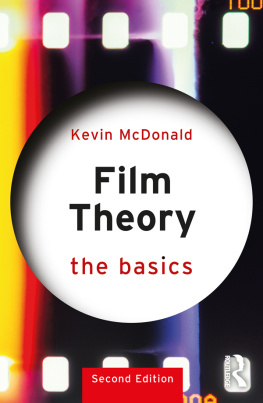

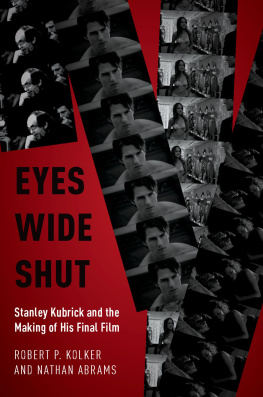
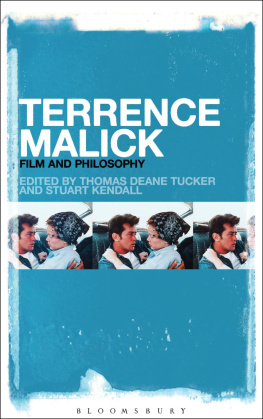
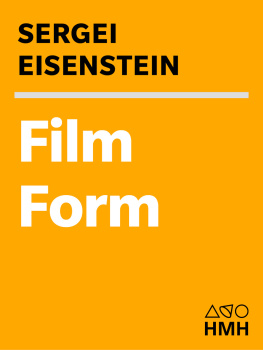
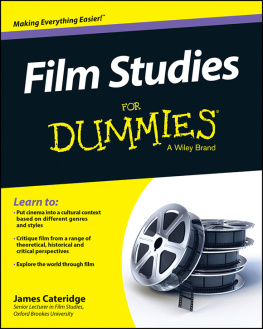
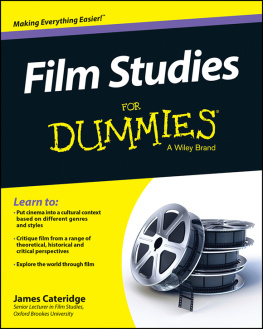
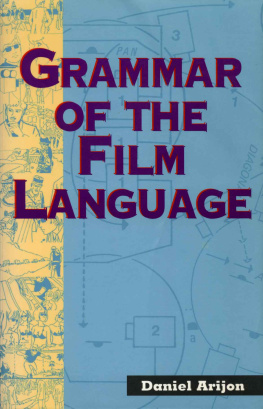
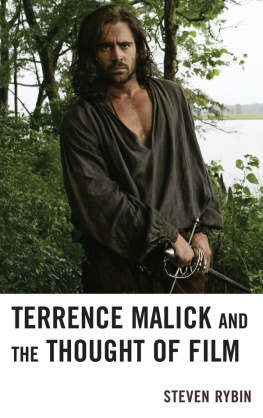
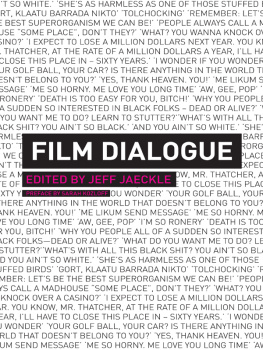

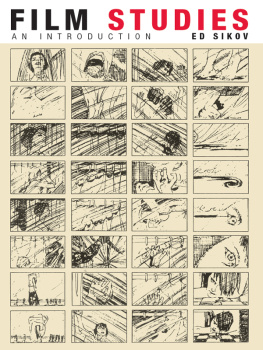


 InterVarsity Press
InterVarsity Press